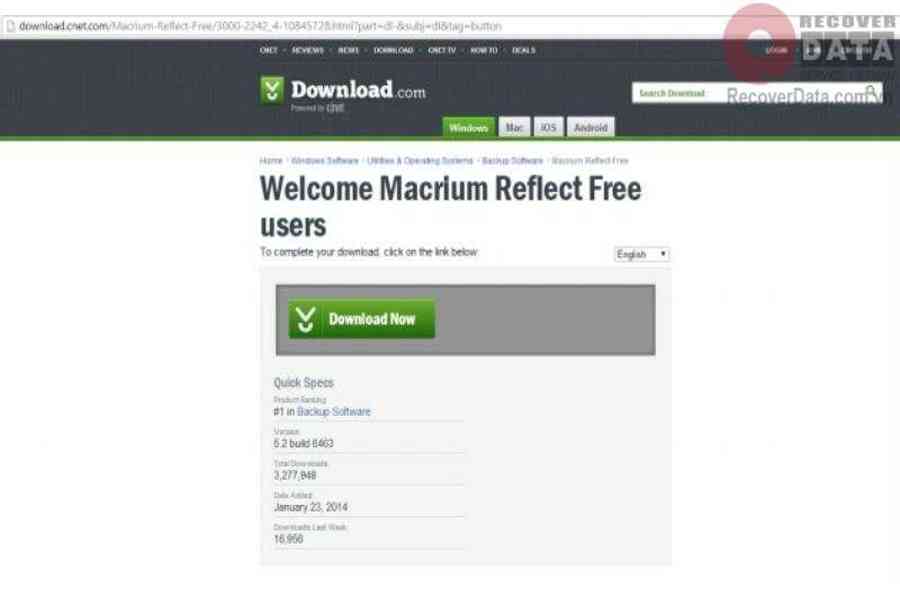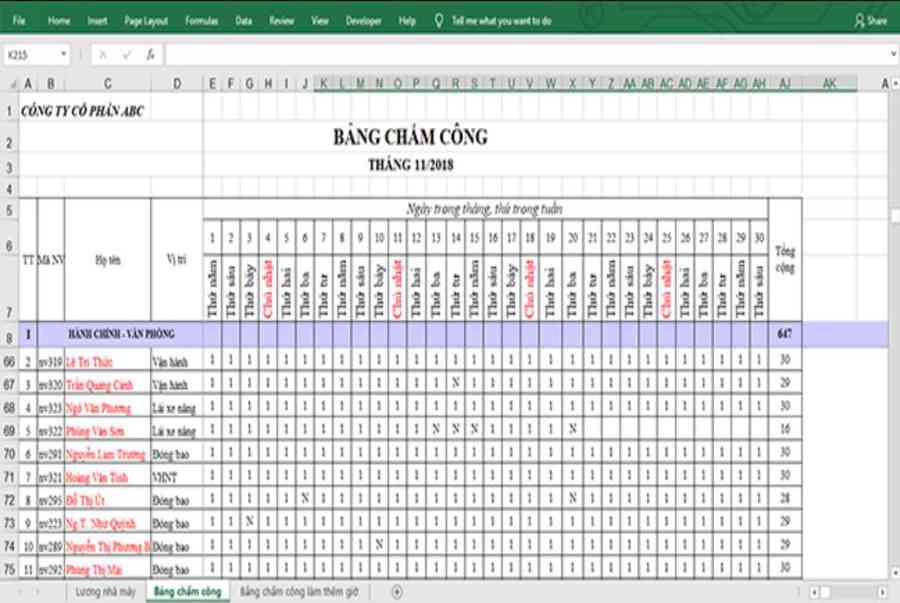| Date
|
Year
|
Event
|
| 15 May
|
1973
|
NBS publishes a first request for a standard encryption algorithm
|
| 27 August
|
1974
|
NBS publishes a second request for encryption algorithms
|
| 17 March
|
1975
|
DES is published in the Federal Register for comment
|
| August
|
1976
|
First workshop on DES
|
| September
|
1976
|
Second workshop, discussing mathematical foundation of DES
|
| November
|
1976
|
DES is approved as a standard
|
| 15 January
|
1977
|
DES is published as a FIPS standard FIPS PUB 46
|
| June
|
1977
|
Diffie and Hellman argue that the DES cipher can be broken by brute force.[1]
|
|
|
1983
|
DES is reaffirmed for the first time
|
|
|
1986
|
Videocipher II, a TV satellite scrambling system based upon DES, begins use by HBO
|
| 22 January
|
1988
|
DES is reaffirmed for the second time as FIPS 46-1, superseding FIPS PUB 46
|
| July
|
1991
|
Biham and Shamir rediscover differential cryptanalysis, and apply it to a 15-round DES-like cryptosystem.
|
|
|
1992
|
Biham and Shamir report the first theoretical attack with less complexity than brute force: differential cryptanalysis. However, it requires an unrealistic 247 chosen plaintexts.
|
| 30 December
|
1993
|
DES is reaffirmed for the third time as FIPS 46-2
|
|
|
1994
|
The first experimental cryptanalysis of DES is performed using linear cryptanalysis (Matsui, 1994).
|
| June
|
1997
|
The DESCHALL Project breaks a message encrypted with DES for the first time in public.
|
| July
|
1998
|
The EFF’s DES cracker (Deep Crack) breaks a DES key in 56 hours.
|
| January
|
1999
|
Together, Deep Crack and distributed.net break a DES key in 22 hours and 15 minutes.
|
| 25 October
|
1999
|
DES is reaffirmed for the fourth time as FIPS 46-3, which specifies the preferred use of Triple DES, with single DES permitted only in legacy systems.
|
| 26 November
|
2001
|
The Advanced Encryption Standard is published in FIPS 197
|
| 26 May
|
2002
|
The AES becomes effective
|
| 26 July
|
2004
|
The withdrawal of FIPS 46-3 (and a couple of related standards) is proposed in the Federal Register[23]
|
| 19 May
|
2005
|
NIST withdraws FIPS 46-3 (see Federal Register vol 70, number 96)
|
| April
|
2006
|
The FPGA-based parallel machine COPACOBANA of the Universities of Bochum and Kiel, Germany, breaks DES in 9 days at a $10,000 hardware cost.[24] Within a year software improvements reduced the average time to 6.4 days.
|
| Nov.
|
2008
|
The successor of COPACOBANA, the RIVYERA machine, reduced the average time to less than a single day.
|
| August
|
2016
|
The Open Source password cracking software hashcat added in DES brute force searching on general purpose GPUs. Benchmarking shows a single off the shelf Nvidia GeForce GTX 1080 Ti GPU costing $1000 USD recovers a key in an average of 15 days (full exhaustive search taking 30 days). Systems have been built with eight GTX 1080 Ti GPUs which can recover a key in an average of under 2 days.[25]
|
| July
|
2017
|
A chosen-plaintext attack utilizing a rainbow table can recover the DES key for a single specific chosen plaintext 1122334455667788 in 25 seconds. A new rainbow table has to be calculated per plaintext. A limited set of rainbow tables have been made available for download.[26]
|







![Thợ Sửa Máy Giặt [ Tìm Thợ Sửa Máy Giặt Ở Đây ]](https://thomaygiat.com/wp-content/uploads/sua-may-giat-lg-tai-nha-1.jpg)
